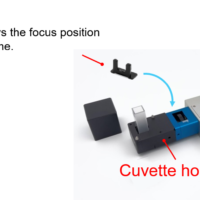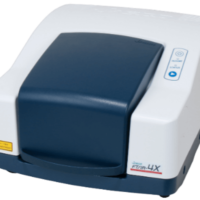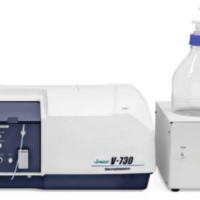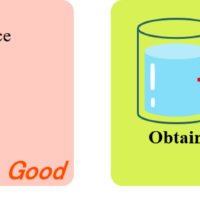Introduction
Generally, protein quantitation can be made using a simple UV-Visible spectrophotometer. The V-730 Bio (Figure 1) is a UV-Visible spectrophotometer designed for biochemical analysis. The V-730 Bio includes 6 quantitative methods based on UV absorption spectrophotometry including the Lowry, Biuret, BCA, Bradford, and WST methods.

Figure 1. UV-Vis spectrophotometer (V-730BIO, left) and Quantitative Analysis program (right)
Table 1 (below) shows the features of the six different quantitation methods. As outlined, a method can be selected by reviewing the sample and quantitation range and the presence of possible contaminants. Five of the analysis methods use a chromogenic reaction. Reagent manufacturers produce chromogenic kits for BCA, Bradford or WST with a protocol explaining the relevant measurement procedures *1). Chromogenic reagents for the Lowry and Biuret methods must be prepared by the user. The measurement procedures for the Lowry and Biuret methods differ according to use. For that reason, this application note explains how to create the calibration curves for the Lowry, Biuret and UV absorption analysis methods. Fluctuations in the values depending on the type of proteins and the differences in the concentration ranges calculated as a result of the cell volume *2) were also investigated.
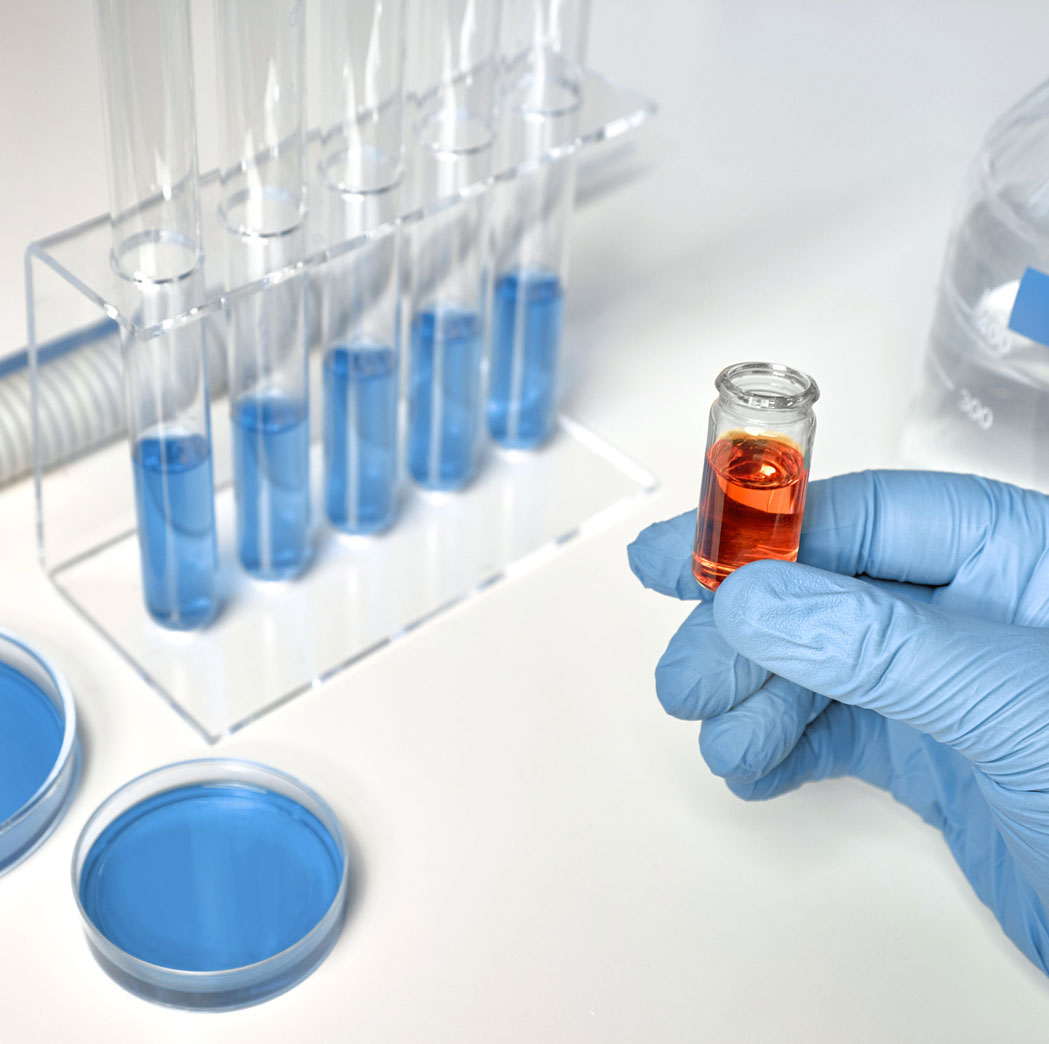
*1) BCA method: BCA Protein Assy Kit – by PIERCE
Bradford method: Protein Quantification Kit – Rapid by DOJINDO
WST method: Protein Quantification Kit – Wide Range by DOJINDO
*2) 10 mm rectangular cells (quartz) and disposable cells (Figure 2) were used for the experiments. The optional cell holder accessory enables the measurement of a sample with a small volume (minimum volume: 100µL)
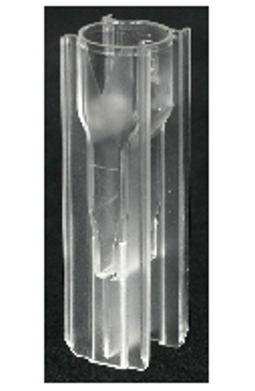
Figure 2. Disposable cuvette
Table 1. Details of the Protein Quantitation Methods
| Principle | Concentration Range |
Advantages | Disadvantages | |
|---|---|---|---|---|
| UV Abs | The absorption maximum at 280 nm corresponds to the response of the tyrosine and tryptophan and is used for the analysis method. | 50 to 2000µg/mL (*BSA) | Simple method. Sample can be used after measurement. | The absorbance differs for each protein. Proteins such as collagen and gelatin that do not have absorption at 280 nm cannot be measured. Contamination by nucleic acids with absorption in the UV region obscures the measurement. |
| Biuret | Protein solutions turn purple after the polypeptide chain chelates with a copper ion. An alkaline solution of Biuret reagent including copper sulfate and Rochelle salt is added to a protein solution. Uses the absorption maximum at 540 nm to determine the quantity. | 150 to 9000µg/mL (BSA) | Simple procedure. The chromogenic rate is constant for most proteins. | Low sensitivity. Sample with a low protein concentration cannot be measured. The chromogenic reaction is influenced by high-concentrations of trisaminomethane, amino acids, and ammonium ion. |
| Lowry | Add an alkaline copper solution to a protein solution. Tyrosine, tryptophan, and cisteine of proteins reduce molybdenum acid and phosphotungstic acid of a phenol reagent, turning the solution blue. Uses the absorption maximum at 750 nm to determine the quantity. | 5 to 200ug/µL (BSA) | High sensitivity. Widely used. | Complicated procedure with a long preparation. Since the chromogenic reaction occurs by a reduction reaction, contamination of the reduction material interferes with the quantitative determination. The chromogenic rate differs for each protein. |
| BCA | The BCA method combines the Biuret method and Bicinchoninic Acid (BCA). BCA has high sensitivity and selectivity for copper ions. When a copper ion that is formed by the reduction action of protein reacts with 2 molecules of the BCA, the solution turns purple. Uses the absorption maximum at 560 nm to determine the quantity. | 20 to 2000ug/µL (BSA) | Simple procedure. High sensitivity with wide concentration range. | Thiol, phospholipid, and ammonium sulfate interferes with the measurement. |
| Bradford | The absorption maximum of a protein shifts from 465 nm to 600 nm when the protein binds to the Coomassie Brilliant Blue G250, one of triphenylmethanse blue pigment. Uses the absorption maximum at 600 nm to determine the quantity. | 10 to 2000g/µL (BSA) | Very simple operation. Hardly influenced by the blocking materials. | The chromogenic rate differs for each protein. Contamination by a surfactant can interfere with the chromogenic reaction. |
| WST | Reduce WST-8 with proteins with a high pH, turning the sample blue. Uses the absorption maximum at 650 nm to determine the quantity. | 50 to 5000µg/mL (BSA) | Simple method. Hardly affected by a surfactant. | The chromogenic rate differs for each protein. |
*BSA: Bovine Serum Albumin
UV Absorption Method
Figure 3 illustrates the absorption spectrum of Human Serum Albumin (HSA). Simple UV Absorption spectrophotometry can determine the quantity of proteins in the sample by using the maximum absorption at 280 nm.
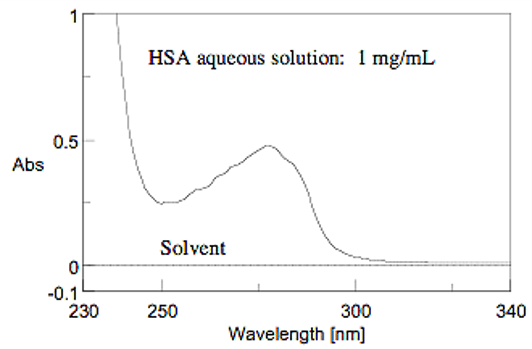
Figure 3. Absorption spectrum of HSA
Samples
| Bovine Serum Albumin (BSA): | 0.02, 0.025, 0.05, 0.1, 0.2, 0.25, 0.4, 0.5, 1, (1.5, 2) mg/mL |
| Hen Egg Lysozyme: | 0.02, 0.025, 0.05, 0.1, 0.2, 0.25, (0.4, 0.5) mg/mL |
| Chymotrypsin from bovine pancreas: | 0, 0.1, 0.2, 0.25, 0.4, 0.5 mg/mL |
Bracketed values are for concentrations used with a 10 mm rectangular cell. The other values are concentrations used with a 10 mm rectangular cell and micro cell.
Measurement Procedures
Measure the absorbance of the protein solution at 280 nm.
Table 2. Results for the UV Absorption Method
| Protein | Cell | Concentration Range | Calibration Curve Formula | Correlation Function | Standard Error | Detection Limit | Determination Limit |
|---|---|---|---|---|---|---|---|
| BSA | 10 mm rectangular cell (quartz) | to 2 mg/mL | Y = AX + B A = 0.6652 ±0.0079 B = -0.0130 ±0.0064 |
0.9994 | 0.0219 | 0.0097 mg/mL | 0.0470 mg/mL |
| Micro cell | to 1 mg/mL | Y = AX + B A = 0.6713 ±0.0043 B = -0.0016 ±0.0008 |
0.9999 | 0.002 | 0.0012 mg/mL | 0.0218 mg/mL | |
| HEL | 10 mm rectangular cell (quartz) | to 0.5 mg/mL | Y = AX + B A = 2.6474 ±0.0459 B = -0.0150 ±0.0109 |
0.9991 | 0.0076 | 0.0041 mg/mL | 0.0680 mg/mL |
| Micro cell | to 0.25 mg/mL | Y = AX + B A = 2.7499 ±0.0429 B = -0.0060 ±0.0055 |
0.9995 | 0.0031 | 0.0020 mg/mL | 0.0096 mg/mL | |
| α-Chymotrypsin | 10 mm rectangular cell (quartz) | to 0.5 mg/mL | Y = AX + B A = 1.904 ±0.0237 B = -0.0035±0.0070 |
0.9997 | 0.0042 | 0.0037 mg/mL | 0.0615 mg/mL |
| Micro cell | to 0.5 mg/mL | Y = AX + B A = 2.1279 ±0.0655 B = -0.0202 ±0.0193 |
0.9983 | 0.0104 | 0.0091 mg/mL | 0.1263 mg/mL |
Keywords
Protein concentration, protein quantitation, colorimetric assay, Bradford, BCA, Lowry, Biuret, 260/280

